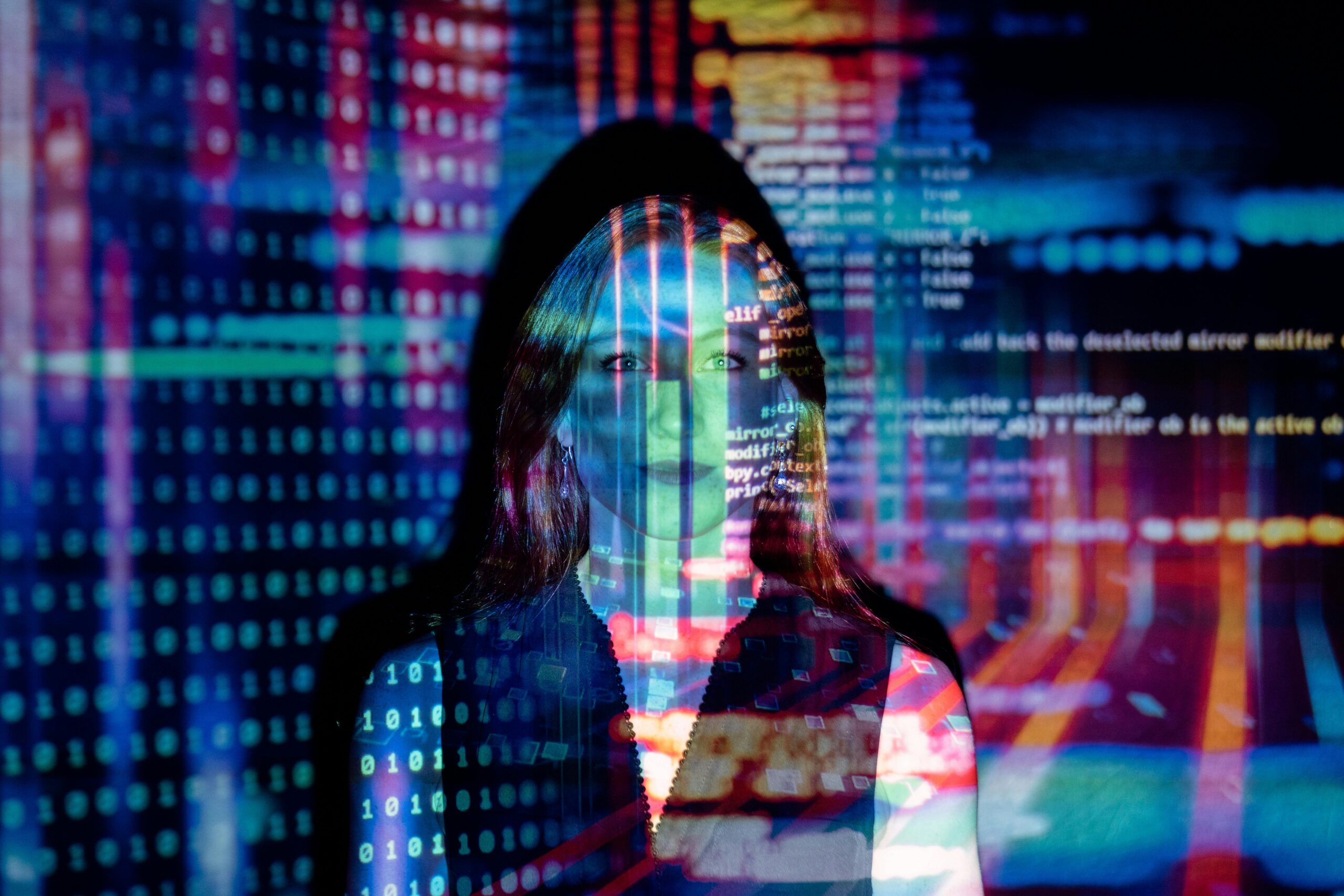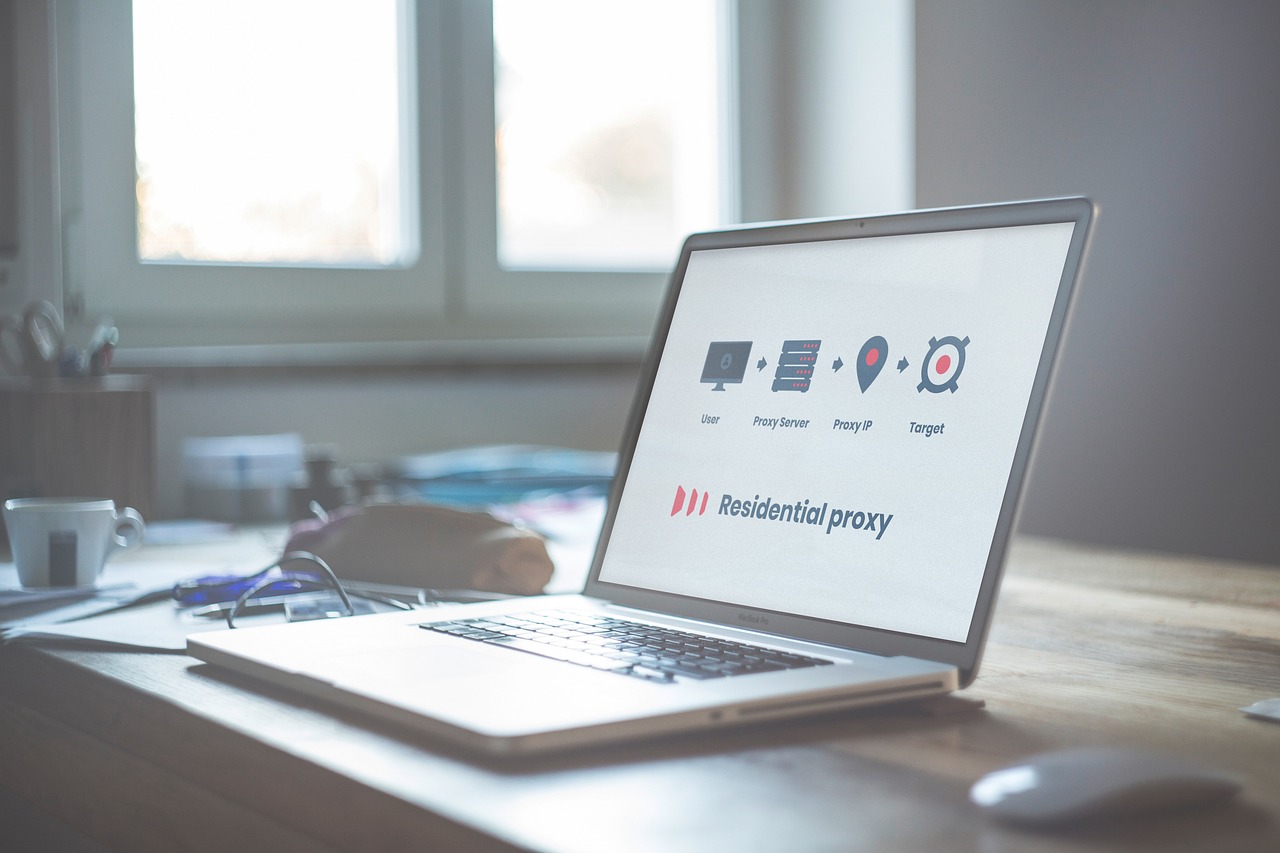What is the Internet of Things?
The Internet of Things (IoT) refers to the network of physical objects—”things”—embedded with sensors, software, and other technologies that connect and exchange data with other devices and systems over the internet. These devices range from ordinary household items like lightbulbs, thermostats, and refrigerators to sophisticated industrial tools and healthcare equipment.
Unlike traditional internet-connected devices such as computers and smartphones, IoT devices operate with minimal human intervention. They collect, share, and act on data, creating a more seamless connection between the physical and digital worlds.
At its core, IoT is about extending the power of internet connectivity beyond standard devices to a wide range of everyday objects, enabling them to communicate, collect data, and be remotely controlled or monitored.
How Does the Internet of Things Work?
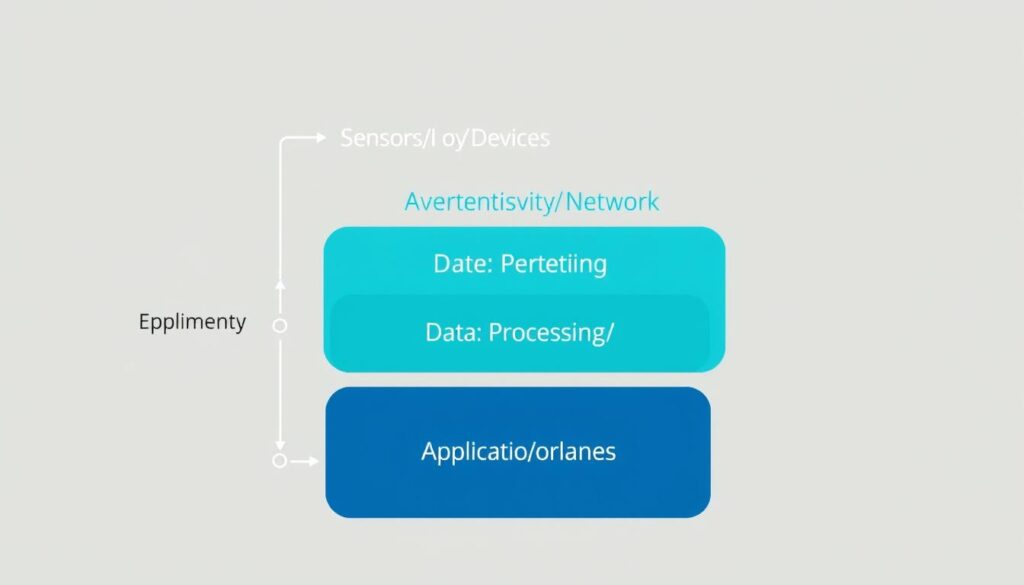
The Internet of Things functions through an ecosystem of components working together. Understanding these components helps clarify how this technology creates value:
IoT Components and Architecture
Sensors and Devices
IoT begins with devices equipped with sensors that collect data from their environment. These sensors can measure temperature, motion, moisture, light, sound, or almost any other physical parameter. For example, a smart thermostat uses temperature sensors to monitor your home.
Connectivity
The collected data is sent to a cloud infrastructure through various connection types, including cellular, satellite, WiFi, Bluetooth, or direct internet connection. The connectivity method depends on the specific IoT application and its requirements.
Data Processing
Once the data reaches the cloud, software processes it. This might involve checking that the temperature reading is within an acceptable range or analyzing patterns in motion sensor data to detect unusual activity.
User Interface
The information is made useful to end-users through an application or interface. This could be a mobile app that alerts you when your home’s temperature drops below a certain level or a dashboard showing industrial equipment performance.
Action
Based on the processed information, the system can automatically adjust settings, send alerts, or perform other actions. For instance, your smart thermostat might automatically adjust the temperature based on your preferences.
Artificial Intelligence
Many IoT systems incorporate AI and machine learning to improve over time. These systems analyze patterns in the collected data to make better predictions and decisions without human intervention.
Get Your Free IoT Beginner’s Guide
Want to learn more about how IoT can benefit your home or business? Our comprehensive guide explains everything in simple terms with practical examples you can implement today.
Real-World Internet of Things Examples
The Internet of Things has applications across virtually every industry and aspect of daily life. Here are some of the most common and impactful examples:
Consumer IoT Applications

Smart Home Devices
Smart home technology represents one of the most recognizable applications of IoT. These systems allow homeowners to control and automate various aspects of their living environment:
- Smart thermostats like Nest or Ecobee learn your preferences and adjust temperature automatically, saving energy and improving comfort
- Connected lighting systems that can be controlled remotely or programmed to respond to specific conditions
- Smart security systems with cameras, motion sensors, and automated alerts
- Voice assistants like Amazon Echo or Google Home that control other smart devices
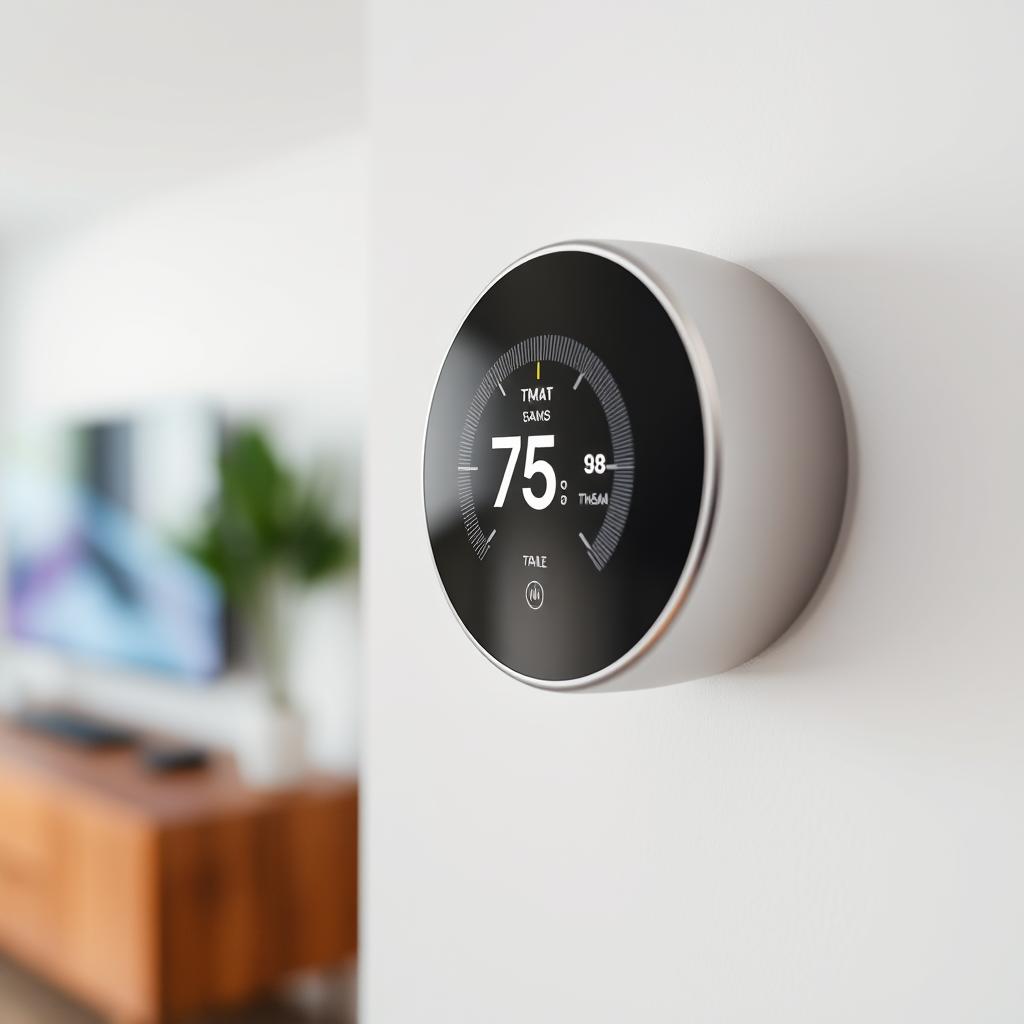
Wearable Technology
Wearable IoT devices have become increasingly popular for health monitoring and convenience:
- Fitness trackers monitor physical activity, sleep patterns, and heart rate
- Smartwatches extend smartphone functionality to your wrist
- Medical wearables that monitor specific health conditions and alert caregivers when necessary
- Smart clothing with embedded sensors for athletic performance tracking
Industrial IoT Applications
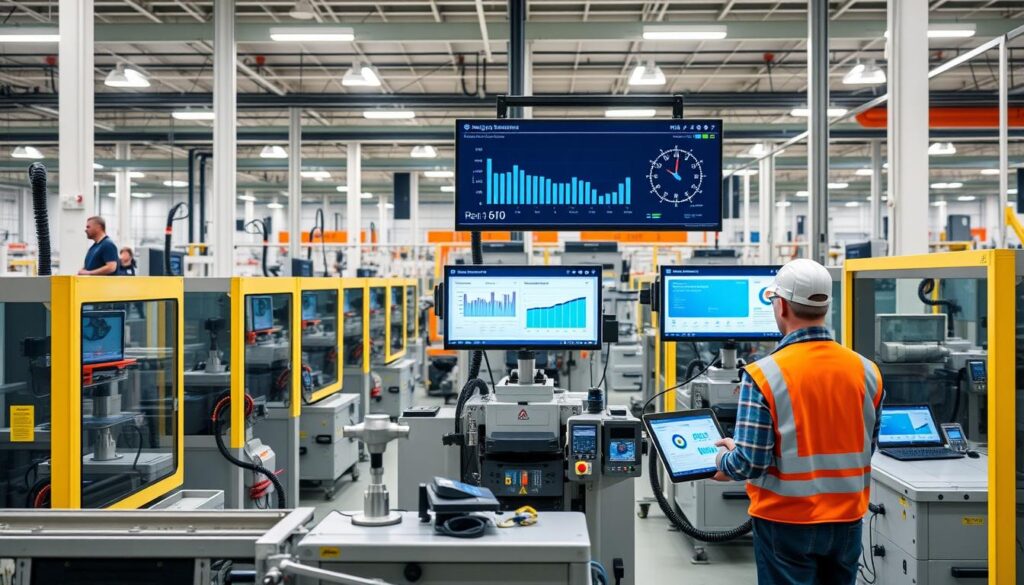
Manufacturing and Industry
The Industrial Internet of Things (IIoT) is transforming manufacturing and industrial processes:
- Predictive maintenance systems that identify potential equipment failures before they occur
- Production line monitoring that improves efficiency and reduces downtime
- Inventory management systems that automatically track supplies and order replacements
- Quality control processes enhanced by sensor data and real-time analytics
Smart Cities
Cities worldwide are implementing IoT solutions to improve infrastructure, services, and quality of life:
- Smart traffic management systems that reduce congestion and improve flow
- Connected public transportation that provides real-time updates and optimizes routes
- Smart utility meters that monitor water and electricity usage
- Environmental monitoring for air quality, noise levels, and other factors
- Smart waste management systems that optimize collection routes
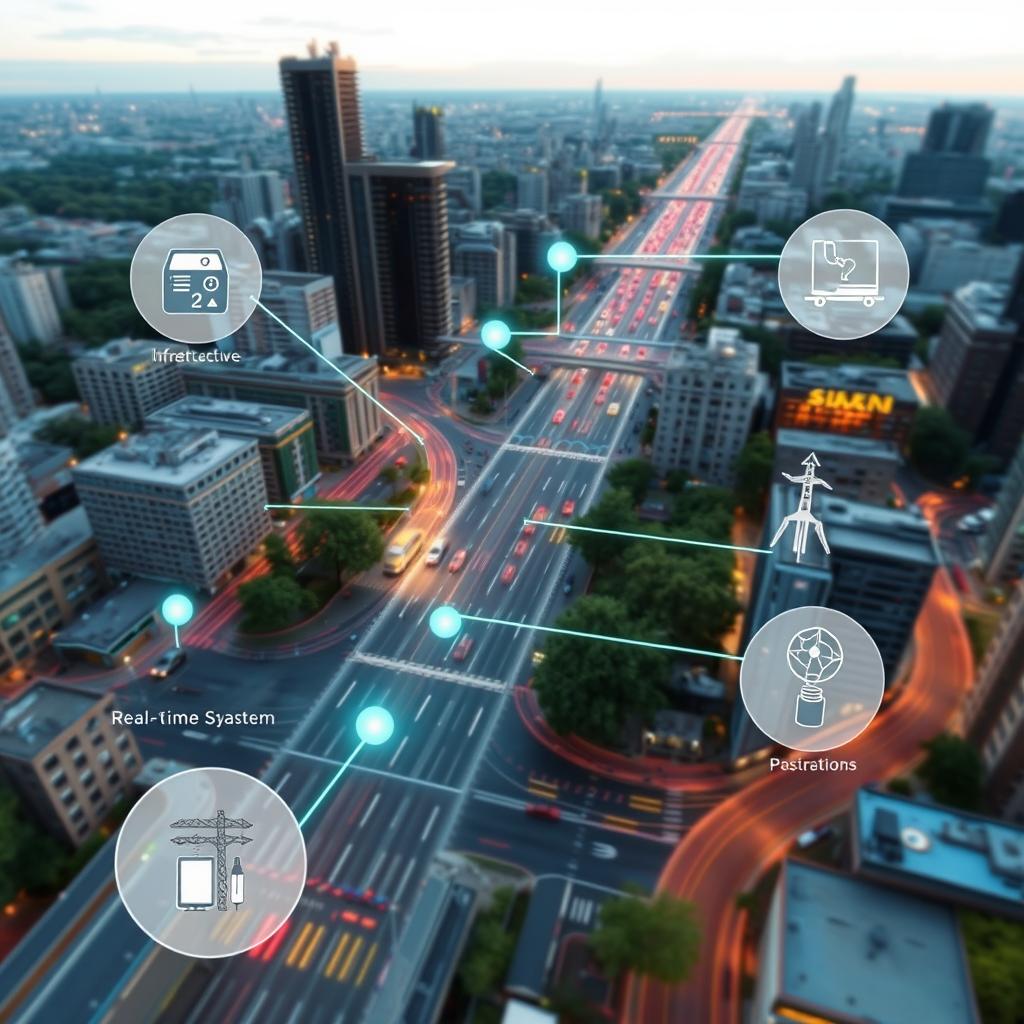
Healthcare IoT
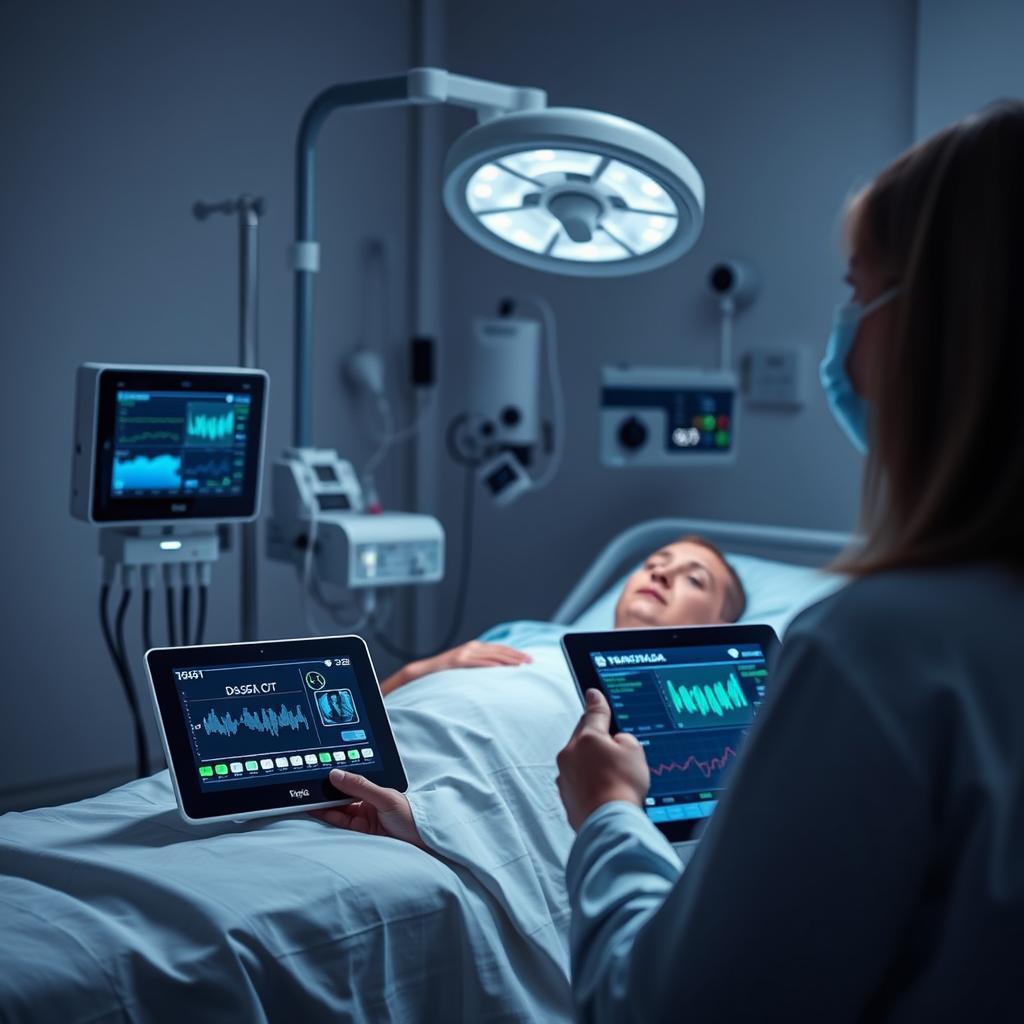
IoT is revolutionizing healthcare delivery and patient monitoring:
- Remote patient monitoring devices that track vital signs and medication adherence
- Smart hospital rooms that adjust lighting, temperature, and entertainment based on patient preferences
- Connected medical equipment that ensures proper utilization and maintenance
- Real-time location systems that track medical equipment, staff, and patients
Agriculture
Smart farming uses IoT to optimize agricultural processes:
- Soil moisture sensors that enable precise irrigation
- Weather stations that provide localized forecasts for crop management
- Livestock monitoring systems that track animal health and location
- Automated greenhouse systems that maintain optimal growing conditions
Benefits of the Internet of Things
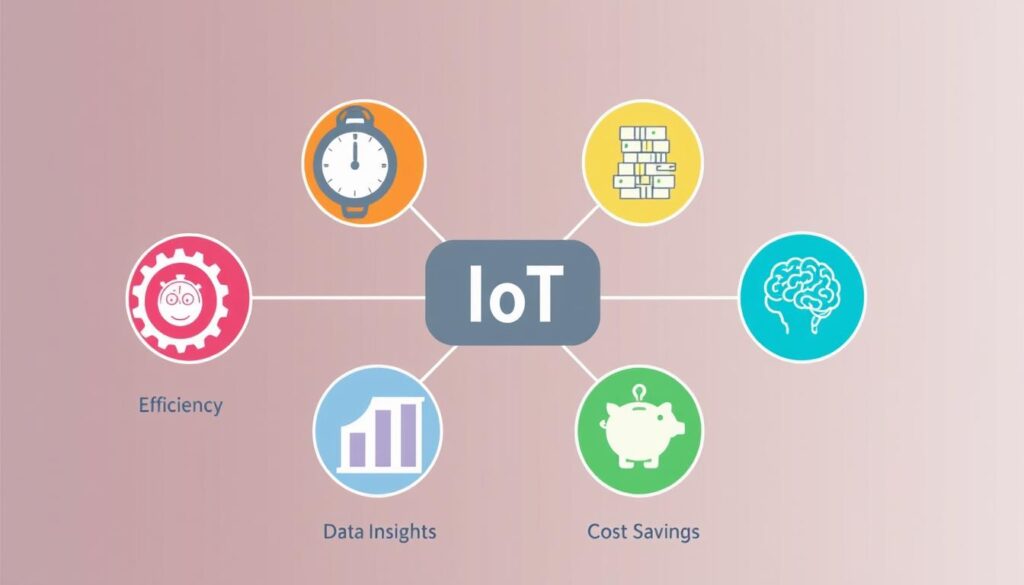
Improved Efficiency
IoT systems automate routine tasks and optimize processes, reducing waste and improving resource utilization. For example, smart energy systems can reduce consumption by 15-30% in commercial buildings.
Enhanced Data Collection
IoT devices generate vast amounts of data that provide unprecedented insights into operations, customer behavior, and environmental conditions, enabling better decision-making.
Cost Reduction
By optimizing resource use, predicting maintenance needs, and reducing manual monitoring, IoT solutions can significantly lower operational costs across industries.
Improved Customer Experience
IoT enables personalized, responsive services that adapt to individual preferences and needs, creating more satisfying customer experiences.
Enhanced Safety and Security
Connected sensors can monitor for hazardous conditions, unauthorized access, or equipment failures, triggering alerts or automated responses to prevent harm.
Environmental Benefits
Smart resource management reduces waste, energy consumption, and emissions, contributing to sustainability goals and reducing environmental impact.
Challenges and Concerns with IoT
IoT Opportunities
- Unprecedented connectivity and automation
- Rich data collection for insights and optimization
- Improved efficiency and resource management
- Enhanced customer experiences and personalization
- New business models and revenue streams
IoT Challenges
- Security vulnerabilities and privacy concerns
- Interoperability issues between different systems
- Complexity of implementation and management
- Data overload and analysis challenges
- Regulatory and compliance considerations
Security and Privacy Concerns
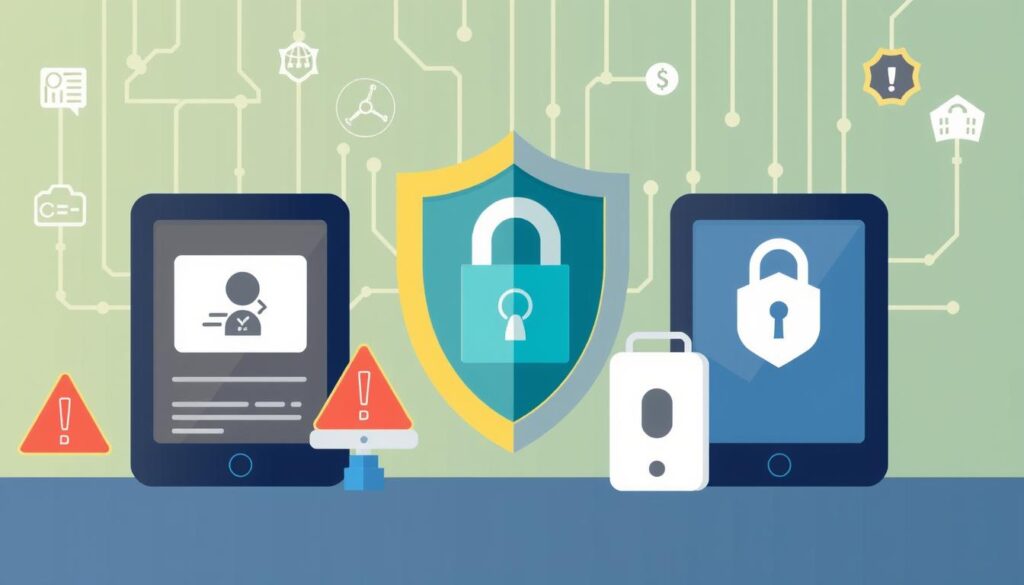
The proliferation of connected devices creates new security vulnerabilities:
- Many IoT devices lack robust security features, making them vulnerable to hacking
- Connected systems create multiple entry points for cyberattacks
- Personal data collected by IoT devices raises significant privacy concerns
- Security patches and updates can be difficult to implement across large IoT deployments
Interoperability Challenges
The lack of universal standards creates compatibility issues:
- Different manufacturers use proprietary protocols that don’t always work together
- Integration between legacy systems and new IoT solutions can be complex
- Consumers may face “ecosystem lock-in” with devices that only work within a single brand’s system
- Standardization efforts are ongoing but still incomplete
Did you know? The average household in developed countries is projected to have more than 50 connected devices by 2025, up from about 10 in 2020, according to industry forecasts.
Future Trends in the Internet of Things
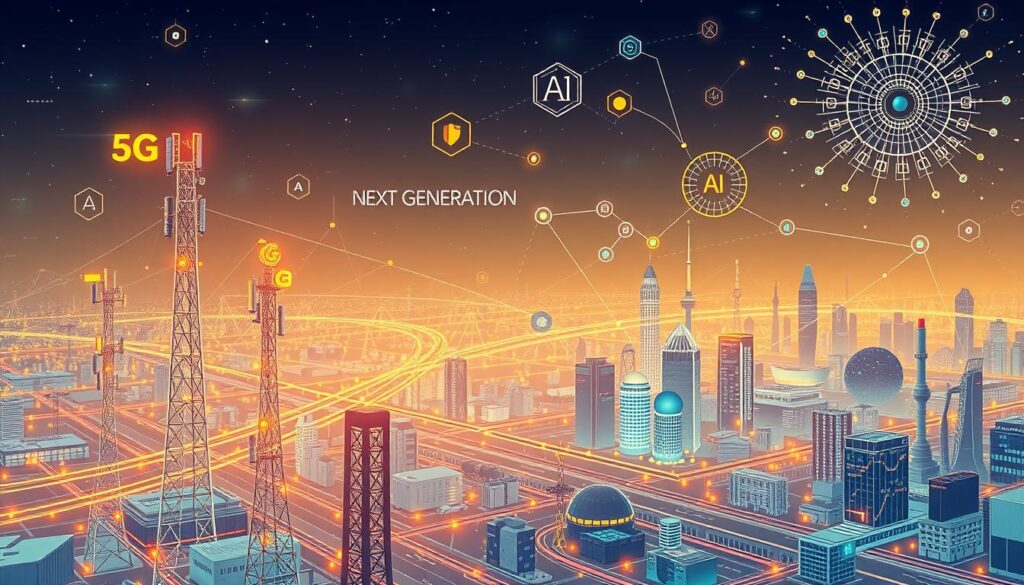
5G Integration
The rollout of 5G networks will dramatically enhance IoT capabilities:
- Higher bandwidth enables more data-intensive applications
- Lower latency allows for real-time applications like autonomous vehicles
- Network slicing provides dedicated bandwidth for critical IoT applications
- Increased connection density supports many more devices in a given area
Edge Computing
Processing data closer to where it’s generated improves IoT performance:
- Reduced latency for time-sensitive applications
- Lower bandwidth requirements as less data needs to be sent to the cloud
- Enhanced privacy as sensitive data can be processed locally
- Improved reliability with less dependence on constant cloud connectivity
AI and Machine Learning Integration
Artificial intelligence is making IoT systems smarter and more autonomous:
- Predictive analytics that anticipate needs and potential issues
- Automated decision-making without human intervention
- Natural language processing for more intuitive human-machine interaction
- Computer vision enabling devices to “see” and interpret their environment
Expanded IoT Applications
New use cases continue to emerge across industries:
- Digital twins that create virtual replicas of physical assets for simulation and optimization
- Autonomous vehicles and smart transportation systems
- Advanced healthcare applications including remote surgery and personalized medicine
- Environmental monitoring and conservation efforts
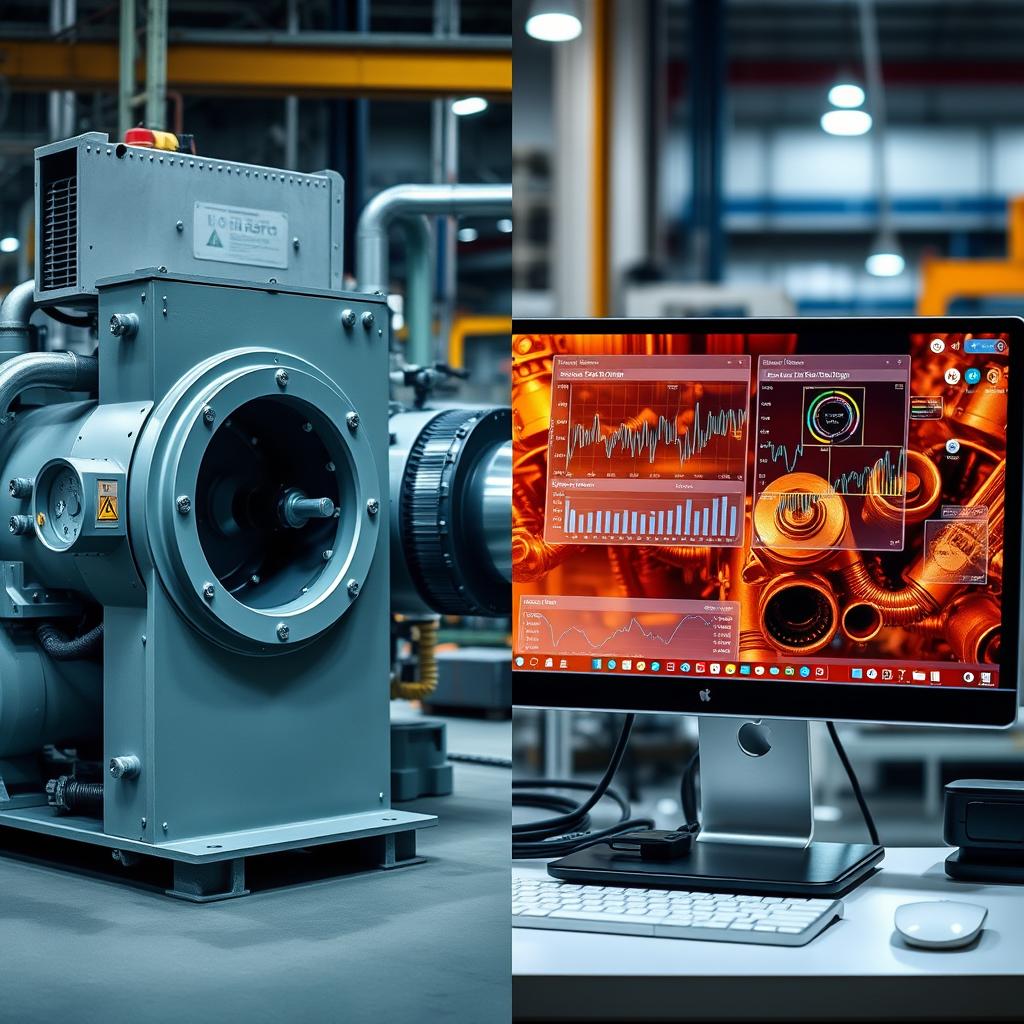
Frequently Asked Questions About IoT
What’s the difference between IoT and M2M?
Machine-to-Machine (M2M) communication refers to direct communication between devices using any communications channel. IoT is broader, typically involving internet connectivity, cloud computing, and more complex networks of devices. IoT can be thought of as an evolution of M2M technology with enhanced capabilities.
How secure is the Internet of Things?
Security varies widely across IoT implementations. Many consumer IoT devices have been criticized for inadequate security measures. Enterprise and industrial IoT solutions typically implement stronger security protocols. As the technology matures, security standards are improving, but it remains a significant concern that requires ongoing attention.
How much data do IoT devices generate?
The amount varies dramatically by device type and application. A simple temperature sensor might generate only a few kilobytes daily, while a connected car can produce up to 25GB per hour. Collectively, IoT devices are expected to generate over 79 zettabytes of data by 2025 (a zettabyte is one trillion gigabytes).
Do all IoT devices need internet connectivity?
Not necessarily. Some IoT devices communicate through local networks without direct internet access. However, to realize the full benefits of IoT—such as remote monitoring, control, and data analysis—internet connectivity is typically required, either directly or through a gateway device.
Ready to Implement IoT in Your Environment?
Whether you’re looking to create a smarter home or implement IoT solutions in your business, our implementation checklist will help you get started with confidence. Download it now to avoid common pitfalls and maximize your IoT investment.
Conclusion
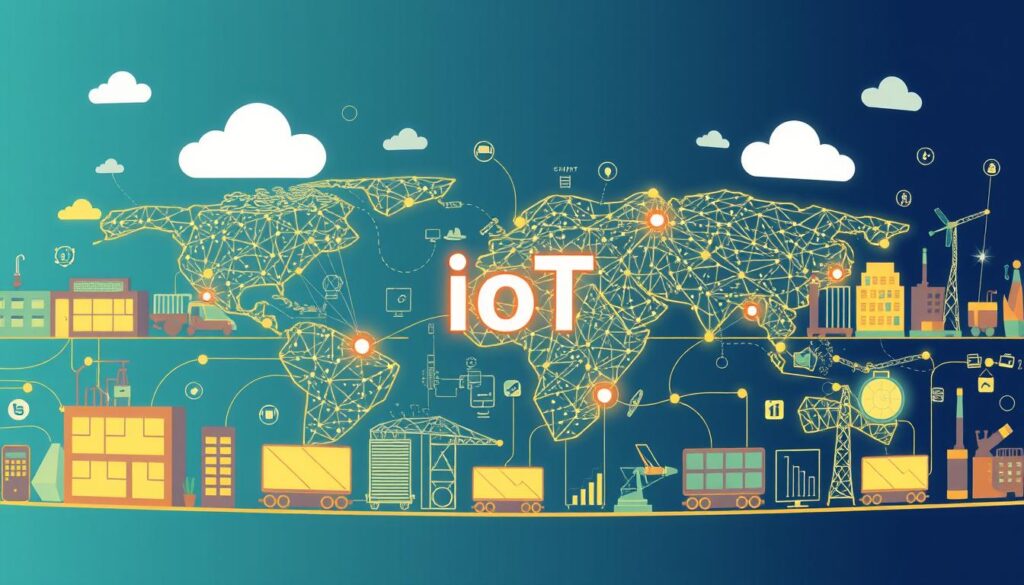
The Internet of Things represents one of the most significant technological shifts of our time. By connecting the physical and digital worlds, IoT is creating unprecedented opportunities for improving efficiency, enhancing experiences, and solving complex problems across virtually every industry and aspect of daily life.
While challenges remain—particularly around security, privacy, and interoperability—the trajectory is clear. As 5G networks expand, edge computing matures, and AI capabilities advance, IoT will become increasingly powerful, pervasive, and essential to modern life and business operations.
Whether you’re a consumer looking to make your home smarter, a business leader seeking operational efficiencies, or simply curious about this transformative technology, understanding the Internet of Things is an important step in navigating our increasingly connected future.


